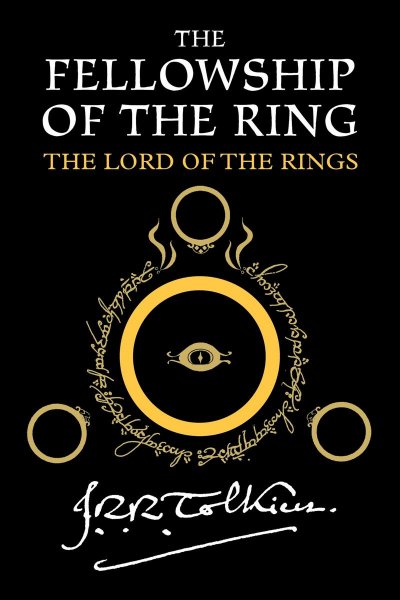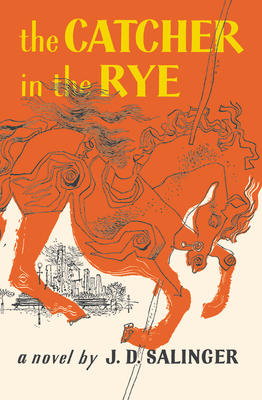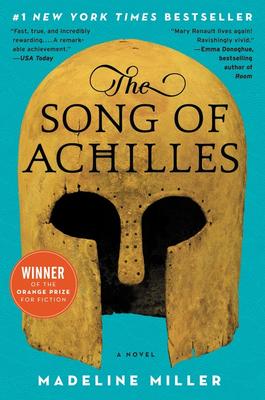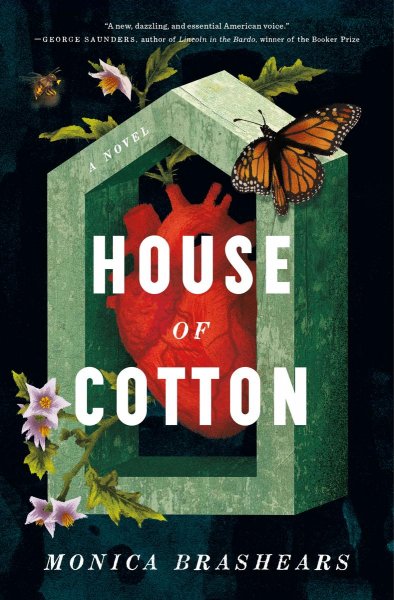Although the distinction sounds simple, it can sometimes be difficult to distinguish between plot- and character-driven writing. Often a blend of the two is at work, and weighing the aspects of the central conflict against one another becomes even trickier.
As a writer, knowing whether the story you’re writing is plot-driven or character-driven can help you sharpen your conflict and bring your characters to life.
Plot-Driven vs. Character-Driven Writing Explained
Although the distinction sounds simple, it can sometimes be difficult to distinguish between plot- and character-driven writing. Often a blend of the two is at work, and weighing the aspects of the central conflict against one another becomes even trickier.
Understanding the difference between the two is important for writers because it helps define your characters’ motivations. This, in turn, enhances your character development and makes for fuller, richer writing that draws readers in.
“Plot-driven” and “character-driven” are descriptors used to explain what moves a story along. Is the protagonist reacting to external forces, or internal ones?
Another way to put this is to say that “plot-driven” and “character-driven” describe the conflict of a story. If you think back to your grade school English classes, you may recall your teacher talking about “man vs. man,” “man vs. nature,” and “man vs. self” as different types of conflicts in literature.
“Man vs. self” is an example of character-driven conflict. The protagonist must grow or change in some way to overcome an internal obstacle keeping them from their goal.
“Man vs. man” and “man vs. nature” are usually plot-driven conflicts. The protagonist is in opposition to another person, or to an external force like a natural disaster.
You can probably already see how you might blend character-driven and plot-driven conflicts to create more complex narratives. A classic example is when an external force serves as a metaphor for the protagonist’s internal conflict. The protagonist must overcome their inner struggle in order to then overcome the external one.
The Difference Between Character Development and Character-Driven Writing
A problem I’ve seen some people have when differentiating between plot-driven and character-driven conflicts is mistaking character development for a character-driven story. They think that because they find the characters interesting, engaging, and complex—maybe to the point that they enjoy the characters more than the plot—that means the story is “character-driven.”
Character development is its own element of the craft of writing. It is possible to have well-developed characters in a story that is plot-driven, just as it is important to still have external events taking place in a story that is character-driven.
A series that I feel exemplifies this issue is The Lord of the Rings. It includes many distinct characters readers love, but the central conflict is an external one—the Fellowship must destroy the One Ring to defeat Sauron. Questing ensues.

When determining what drives a story forward, it’s important to focus on where the main conflict is, rather than only paying attention to the elements that stand out the most.
Examples of Character-Driven Writing
A professor in my MFA program once said that literary fiction tends to be more character driven, while commercial fiction tends to be more plot driven. I can think of several exceptions to this rule, but I understand where she was coming from.
When we think of classic literature, we think of works that speak to human nature and the human condition, which naturally tend to feature internal conflicts.

I think one of the best examples of a character-driven novel is The Catcher in the Rye. Many people find this book boring because “nothing happens,” a complaint that stems from the book’s lack of external conflict.
Instead, what drives the novel is Holden Caulfield’s struggle against loneliness, loss of innocence, and “phoniness.”
The plot is made up of events where Holden metaphorically wrestles with these concepts, but he doesn’t face off against a villain or another external force—the conflict is against his own perceptions and emotions.
A more recently published example is Madeline Miller’s Song of Achilles. This book might initially appear to center an external conflict, as it is set during the Trojan War. However, the war serves as more of a backdrop for the true conflict, which is Achilles’ hubris and its effect on his relationship with Patroclus.


Another example is House of Cotton, a recent read of mine that follows nineteen-year-old Magnolia, who takes a strange job at a funeral parlor after her grandmother dies. Desperate for money and to escape her sketchy landlord, Magnolia agrees to increasingly more sinister tasks for new employers.
Magnolia is struggling against systemic racism and poverty, but it’s ultimately her decision to confront her personal trauma that resolves the conflict and enables her to move forward.
Examples of Plot-Driven Writing
I already mentioned The Lord of the Rings as an example of plot-driven fiction. Quests are an easy plot-centric trope to identify, which is why there are many plot-driven fantasy novels. Mystery novels also strongly lend themselves to plot-driven arcs.

One of my favorite recent plot-driven reads is The Raven Scholar by Antonia Hodgson. It’s part murder mystery, part fantasy, and incorporates another popular trope of the latter genre—a competition for the crown.
Neema Kraa, High Scholar of Orrun, is generally disliked by everyone. In addition to her low-born status, the circumstances of her rise to a position in the emperor’s court were unseemly.
As the empire’s elite warriors gather in the capital for the competition that will determine the empire’s new ruler, Neema looks forward to her retirement. However, her duties are far from over, as she is framed for murdering one of the contestants. The Emperor charges her not only with clearing her name, but also with taking the dead contestant’s place to fight for the throne.
There’s lots of action and intrigue in this novel, as well as some very distinct and memorable characters. It’s ultimately the events of the story that keep things moving, though.
A more widely-known example of a plot-driven novel is Suzanne Collins’ The Hunger Games. Katniss certainly grows and changes a lot over the course of the narrative, and her increased understanding of the injustices of her society are an important part of the book and the rest of the series. But the main conflict is the life-or-death situations that she must overcome to survive the games.

Plot-driven and character-driving stories provide different reading experiences, but can both be exciting and intriguing. For writers, understanding which end of the spectrum your work sits on helps create more immersive narratives that blend memorable characters with events that keep readers hooked.
Want to see more posts like this one? Make sure to sign up for my monthly newsletter and follow me on Instagram!
Featured Image Credit: Unsplash.

Leave a Reply